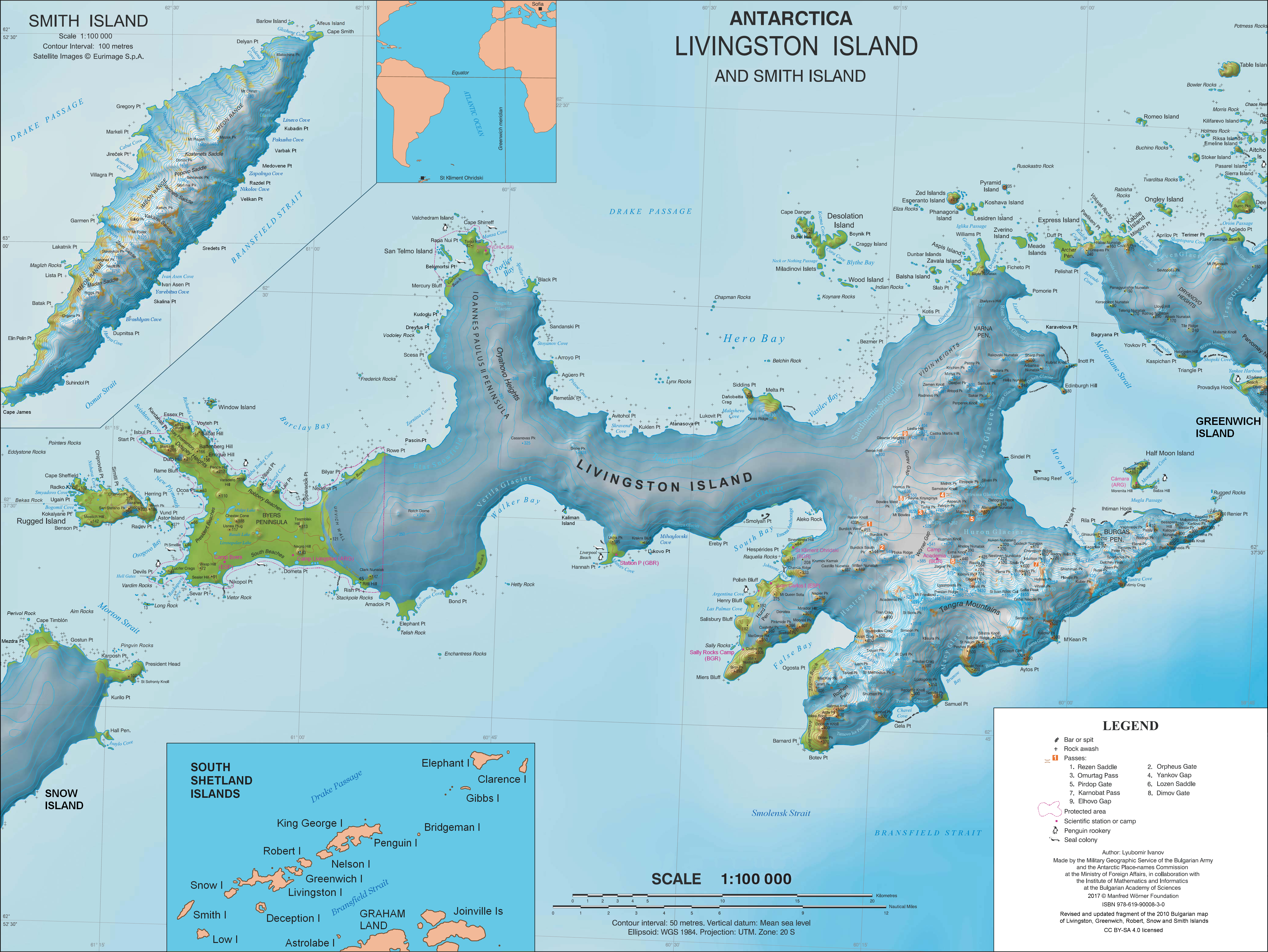Liverpool Beach on:
[Wikipedia]
[Google]
[Amazon]


 Liverpool Beach ( bg, Ливърпулски бряг, Livarpulski bryag, ) is the crescent-shaped beach extending 1.8 km on the east side of Walker Bay on the south coast of
Liverpool Beach ( bg, Ливърпулски бряг, Livarpulski bryag, ) is the crescent-shaped beach extending 1.8 km on the east side of Walker Bay on the south coast of
Antarctic Digital Database (ADD).
Scale 1:250000 topographic map of Antarctica. Scientific Committee on Antarctic Research (SCAR). Since 1993, regularly upgraded and updated. * L.L. Ivanov. Antarctica: Livingston Island and Smith Island. Scale 1:100000 topographic map. Manfred Wörner Foundation, 2017.
Liverpool Beach.
Bulgarian Antarctic Gazetteer.
Antarctic Place-names Commission. (details in Bulgarian
basic data
in English)
Liverpool Beach.
Copernix satellite image Beaches of Livingston Island Bulgaria and the Antarctic Tourism in Antarctica {{LivingstonIsland-geo-stub


 Liverpool Beach ( bg, Ливърпулски бряг, Livarpulski bryag, ) is the crescent-shaped beach extending 1.8 km on the east side of Walker Bay on the south coast of
Liverpool Beach ( bg, Ливърпулски бряг, Livarpulski bryag, ) is the crescent-shaped beach extending 1.8 km on the east side of Walker Bay on the south coast of Livingston Island
Livingston Island (Russian name ''Smolensk'', ) is an Antarctic island in the Southern Ocean, part of the South Shetlands Archipelago, a group of Antarctic islands north of the Antarctic Peninsula. It was the first land discovered south of 60� ...
in the South Shetland Islands
The South Shetland Islands are a group of Antarctic islands with a total area of . They lie about north of the Antarctic Peninsula, and between southwest of the nearest point of the South Orkney Islands. By the Antarctic Treaty of 195 ...
, Antarctica
Antarctica () is Earth's southernmost and least-populated continent. Situated almost entirely south of the Antarctic Circle and surrounded by the Southern Ocean, it contains the geographic South Pole. Antarctica is the fifth-largest co ...
. It is situated on the west side of the small ice-free promontory ending in Hannah Point
Hannah Point is a point on the south coast of Livingston Island in the South Shetland Islands, Antarctica. It forms the east side of the entrance to Walker Bay and the west side of the entrance to South Bay. Surmounted by Ustra Peak to th ...
, and bounded by Hannah Point to the west, Ustra Peak to the northeast and the terminus of Verila Glacier
Verila Glacier ( bg, ледник Верила, lednik Verila, ) on Livingston Island in the South Shetland Islands, Antarctica is situated southeast of southern Etar Snowfield, southwest of Berkovitsa and Tundzha Glaciers, and west of ...
to the north. The picturesque beach is one of the most popular tourist sites in Antarctica, frequented by cruise ship
Cruise ships are large passenger ships used mainly for vacationing. Unlike ocean liners, which are used for transport, cruise ships typically embark on round-trip voyages to various ports-of-call, where passengers may go on Tourism, tours know ...
s. It is also accessible by Zodiac boats from the Bulgarian base and the Spanish base on the island situated 12 km to the east and 11 km to the east-southeast respectively.
The beach is named after the British city of Liverpool
Liverpool is a City status in the United Kingdom, city and metropolitan borough in Merseyside, England. With a population of in 2019, it is the List of English districts by population, 10th largest English district by population and its E ...
, the home port of many 19th century sealing ships operating in the South Shetlands including the sealer ''Hannah'' after which the adjacent point is named.
Location
Liverpool Beach is centred at . British mapping in 1821, 1962 and 1968, Argentine in 1959 and 1980, Chilean in 1971, Spanish in 1991, and Bulgarian in 2005, 2009 and 2017.Maps
* L.L. Ivanov. Antarctica: Livingston Island and Greenwich, Robert, Snow and Smith Islands. Scale 1:120000 topographic map. Troyan: Manfred Wörner Foundation, 2010. (First edition 2009. )Antarctic Digital Database (ADD).
Scale 1:250000 topographic map of Antarctica. Scientific Committee on Antarctic Research (SCAR). Since 1993, regularly upgraded and updated. * L.L. Ivanov. Antarctica: Livingston Island and Smith Island. Scale 1:100000 topographic map. Manfred Wörner Foundation, 2017.
References
Liverpool Beach.
SCAR
A scar (or scar tissue) is an area of fibrous tissue that replaces normal skin after an injury. Scars result from the biological process of wound repair in the skin, as well as in other organs, and tissues of the body. Thus, scarring is a n ...
Composite Gazetteer of Antarctica
The Composite Gazetteer of Antarctica (CGA) of the Scientific Committee on Antarctic Research (SCAR) is the authoritative international gazetteer containing all Antarctic toponyms published in national gazetteers, plus basic information about ...
.
Bulgarian Antarctic Gazetteer.
Antarctic Place-names Commission. (details in Bulgarian
basic data
in English)
External links
Liverpool Beach.
Copernix satellite image Beaches of Livingston Island Bulgaria and the Antarctic Tourism in Antarctica {{LivingstonIsland-geo-stub